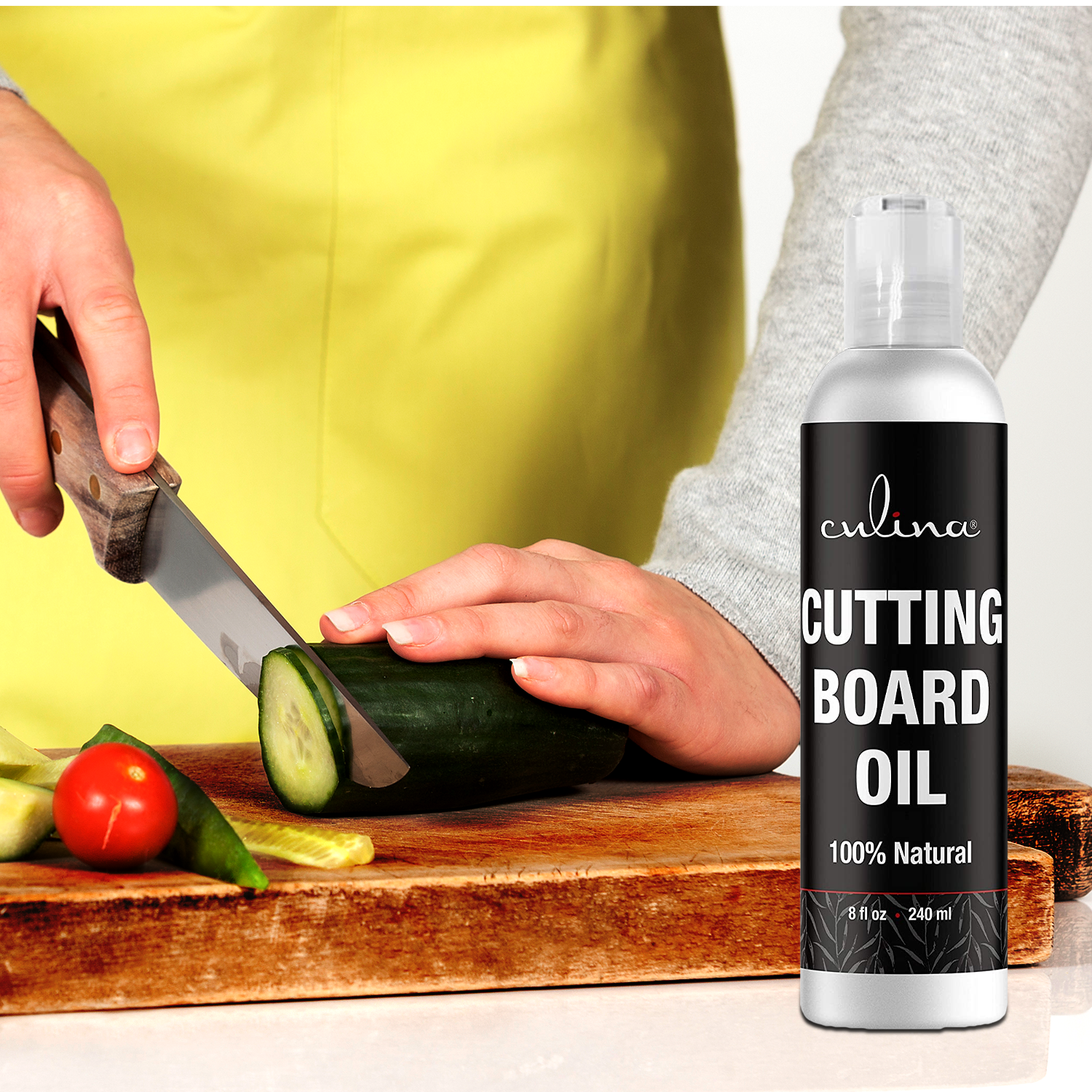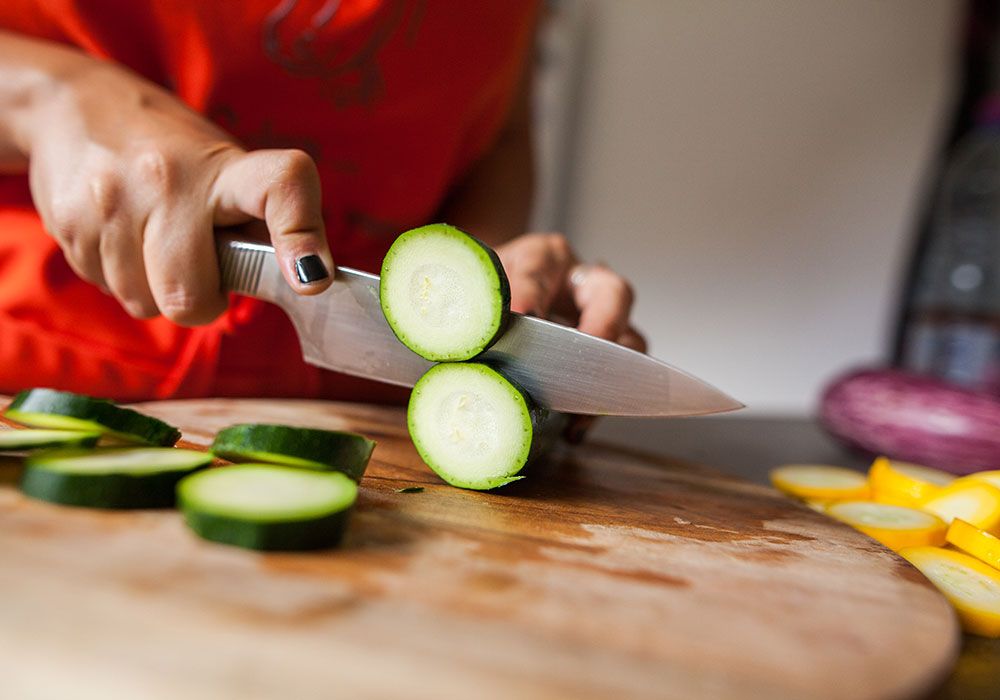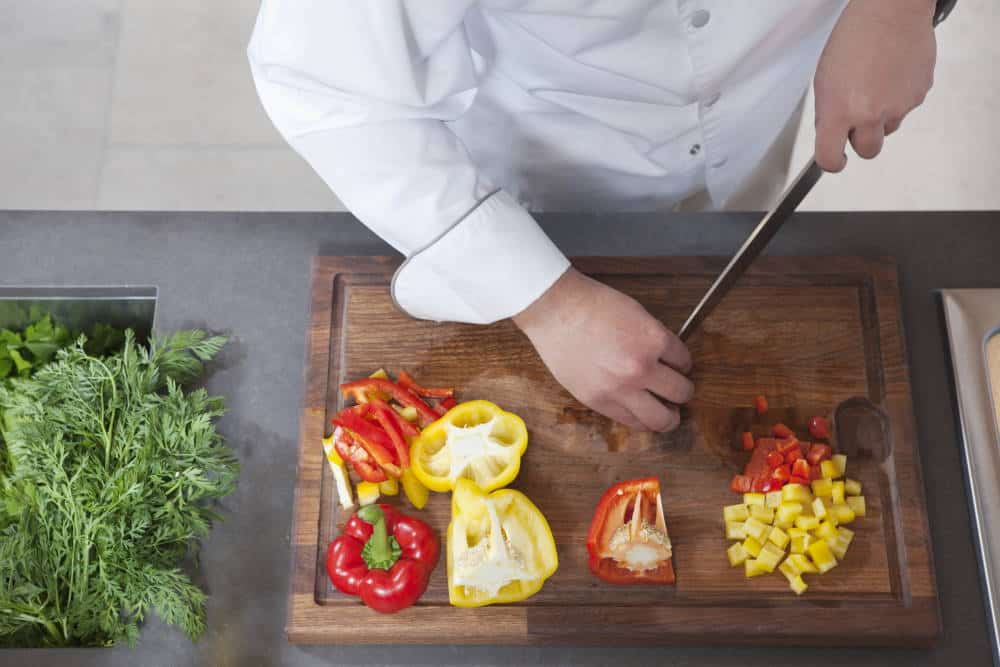Welcome to this comprehensive guide on how to make end grain cutting board. Whether you’re a kitchen professional, a passionate home cook, or simply someone interested in DIY projects, this article will take you through each step with detailed instructions and tips. By the end, you’ll have a durable, sturdy, and aesthetically pleasing cutting board that could last you for years.

Introduction to End Grain Cutting Boards
An end grain cutting board is one of the best tools you can have in your kitchen. Unlike regular cutting boards, end grain boards are made using the ends of the wood fibers, providing a self-healing and forgiving surface for your knives. This type of cutting board not only extends the life of your knives but also looks absolutely stunning.
Why Choose End Grain?
End grain cutting boards are popular among chefs and kitchen enthusiasts for several reasons:
- Durability: End grain boards are incredibly durable.
- Self-Healing: The wood fibers recover when cut.
- Knife Friendly: Less wear and tear on your knives.
- Aesthetic Appeal: They are visually appealing and can be customized in various patterns.

Materials You Will Need
Here’s a list of materials you’ll need to make your end grain cutting board:
- Hardwood Lumber: Maple, walnut, and cherry are excellent choices.
- Wood Glue: Ensure it’s waterproof and food-safe.
- Clamps: Various sizes to hold your project together while the glue dries.
- Table Saw or Miter Saw
- Planer or Hand Plane
- Sander and Sandpaper: Ranging from 80 to 220 grit.
- Food-Safe Finish: Such as mineral oil or beeswax.
Selecting the Right Wood
Choosing the right wood is crucial. Hardwoods like maple, walnut, and cherry are ideal because they’re durable and food-safe. Avoid softwoods like pine as they tend to wear out quickly and can harbor bacteria.

Step-by-Step Guide on How to Make an End Grain Cutting Board
Step 1: Cutting the Wood
Start by cutting your hardwood into strips of equal width. The width of these strips will determine the final thickness of your cutting board. A typical end grain cutting board is about 1.5 inches thick.
Step 2: Gluing the Strips Together
Once you have your strips cut, arrange them in a pattern you like. Apply wood glue to the edges and clamp them together. Make sure to wipe off any excess glue before it dries. Let it sit for at least 24 hours to ensure a solid bond.
Step 3: Planing and Sanding
After the glue has dried, use a planer or hand plane to level the board. Once it’s level, sand it down starting with 80 grit sandpaper and work your way up to 220 grit for a smooth finish.
Step 4: Cutting the Segments
Next, cut your glued-up board into segments. The width of these segments will be the final thickness of your cutting board. Rotate each segment 90 degrees so the end grain is facing up, then glue and clamp them together again.
Step 5: Final Sanding and Finishing
After the second glue-up has dried, give the board a final sanding. Apply a food-safe finish like mineral oil or beeswax to protect the wood and bring out its natural beauty. Repeat the oiling process several times for the best results.
Caring for Your End Grain Cutting Board
Proper care is essential to extend the life of your end grain cutting board. Here are some tips:
- Wash with warm, soapy water.
- Never submerge in water.
- Reapply a food-safe finish regularly.
- Avoid exposing to extreme temperatures.
Maintenance Tips
Regular maintenance can keep your end grain cutting board looking new for years:
- Oil it monthly.
- Sand out deep cuts.
- Avoid cutting raw meat on the board to prevent bacterial contamination.
- Store in a dry, ventilated area.
FAQs on End Grain Cutting Boards
What kind of wood is best for making end grain cutting boards?
Maple, walnut, and cherry are excellent choices because of their durability and appearance.
How often should I oil my end grain cutting board?
Oiling it once a month will keep it in good condition.
Can I use my end grain cutting board for cutting raw meat?
It’s best to avoid cutting raw meat on your end grain cutting board to prevent bacterial contamination.
For more information on board hygiene, you may refer to this comprehensive guide.
As an Amazon Associate, I earn from qualifying purchases.
As an Amazon Associate, I earn from qualifying purchases.


